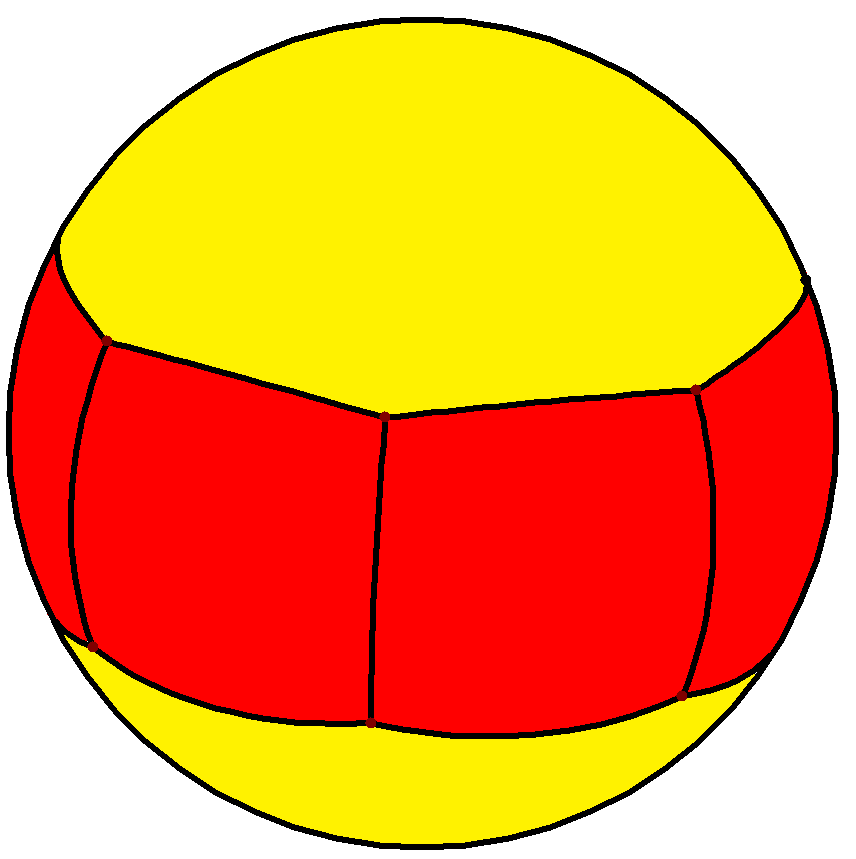Heptagonal prism on:
[Wikipedia]
[Google]
[Amazon]
 In
In

geometry
Geometry (; ) is, with arithmetic, one of the oldest branches of mathematics. It is concerned with properties of space such as the distance, shape, size, and relative position of figures. A mathematician who works in the field of geometry is ...
, the heptagonal prism is a prism
Prism usually refers to:
* Prism (optics), a transparent optical component with flat surfaces that refract light
* Prism (geometry), a kind of polyhedron
Prism may also refer to:
Science and mathematics
* Prism (geology), a type of sedimentary ...
with heptagon
In geometry, a heptagon or septagon is a seven-sided polygon or 7-gon.
The heptagon is sometimes referred to as the septagon, using "sept-" (an elision of ''septua-'', a Latin-derived numerical prefix, rather than '' hepta-'', a Greek-derived nu ...
al base. This polyhedron
In geometry, a polyhedron (plural polyhedra or polyhedrons; ) is a three-dimensional shape with flat polygonal faces, straight edges and sharp corners or vertices.
A convex polyhedron is the convex hull of finitely many points, not all on ...
has 9 faces, 21 edges, and 14 vertices..
Area
Thearea
Area is the quantity that expresses the extent of a region on the plane or on a curved surface. The area of a plane region or ''plane area'' refers to the area of a shape or planar lamina, while '' surface area'' refers to the area of an ope ...
of a right heptagonal prism with height and with a side length of and apothem
The apothem (sometimes abbreviated as apo) of a regular polygon is a line segment from the center to the midpoint of one of its sides. Equivalently, it is the line drawn from the center of the polygon that is perpendicular to one of its sides. T ...
is given by:
:
Volume
Thevolume
Volume is a measure of occupied three-dimensional space. It is often quantified numerically using SI derived units (such as the cubic metre and litre) or by various imperial or US customary units (such as the gallon, quart, cubic inch). Th ...
is found by taking the area of the base, with a side length of and apothem , and multiplying it by the height , giving the formula:
:
This formula also works for the oblique prism due to the Cavalieri's principle.
Images
The heptagonal prism can also be seen as a tiling on a sphere: :
Related polyhedra
References
External links
* Prismatoid polyhedra {{Polyhedron-stub